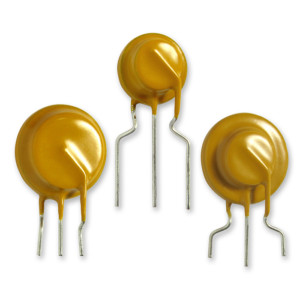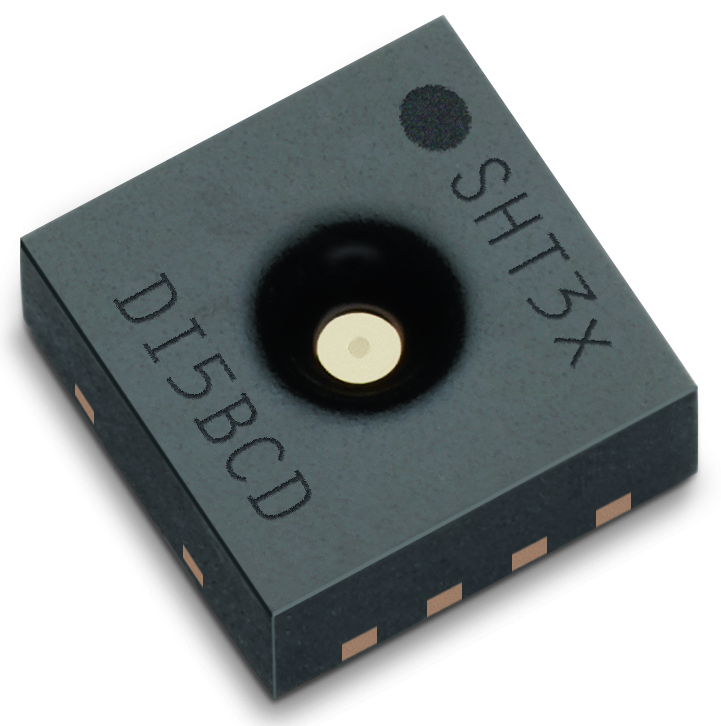A milestone for laser sensors in self-driving cars
LIDAR sensors are an essential element in future fully autonomous or semi-autonomous self-driving cars. The system operates on the principle of time-of-flight measurement. A very short laser pulse is transmitted, hits an object, is reflected and detected by a sensor. From the time-of-flight of the laser beam it is possible to calculate the distance to the object. Scanning LIDAR systems scan the surroundings of the car horizontally with a laser beam across a certain angular segment and produce a high-resolution 3D map of the environment. In most cases, the laser beams in present-day scanning LIDAR systems are deflected by means of mechanical moving mirrors. Some solutions make use of several laser diodes mounted one on top of the other to extend the vertical field of view.
4-channel laser bar simplifies adjustment
The 4-channel LIDAR laser from Osram Opto Semiconductors consists of a laser bar with four individually controllable laser diodes and a control circuit integrated in the module. The entire module is surface-mountable, which reduces assembly costs and the time needed for fine adjustment at the customer.
To create the laser bar four laser diodes are produced next to one another in a single production step so they are precisely aligned to each other and can be individually controlled. “The new laser is a bar consisting of four laser diodes that are separated in the production process but are not individual diodes. The result is a laser that emits four perfectly parallel beams. Our customers no longer have to spend time laboriously adjusting the individual light sources”, explained Sebastian Bauer, the product manager at Osram.
Greater optical output, extremely short pulse length
For the new laser Osram has improved its pulse laser diodes with a wavelength of 905 nanometers. The nanostack laser diodes now deliver a maximum optical output of 85 W at 30 amperes, which is approximately 10 W more than before.
The pulse length of less than 5 nanoseconds (ns) is spectacular compared with the previous figure of 20 ns. The short pulse length and the small duty cycle of 0.01% ensure that even at such high outputs the requirements of the relevant eye safety standards are met. With an operating voltage of 24 V the laser also meets the requirements for use in vehicles.
First laser for use with MEMS
Thanks to the short pulse lengths the 4-channel LIDAR laser for the first time enables a scanning LIDAR system to be produced in which the light beam is deflected via MEMS. Osram, together with its partner Innoluce, is presenting the prototype of such a system at electronica. The 2.7 x 2.3 mm2 MEMS chip is operated at up to two kilohertz and has been developed by Innoluce. The company was acquired by Infineon Technologies AG in October 2016. The overall system covers a field of view of 120° horizontal and 20° vertical and offers a resolution of 0.1° horizontal and 0.5° vertical. In daylight the range for detecting vehicles is at least 200 meters, and for pedestrians 70 meters. The demonstrator presented at the fair will have slightly different properties.
Pulse laser diodes from Osram Opto Semiconductors have been in use in cars for more than ten years – for example for time-of-flight (TOF) measurements in adaptive cruise control (ACC) systems and for emergency brake assist systems. The new laser is the latest addition to Osram’s product portfolio so that it can provide the best possible support for the many new developments in sensors for self-driving cars. Samples of the new 4 channel LIDAR laser will be available from the early summer of 2017, with market launch planned for 2018.










